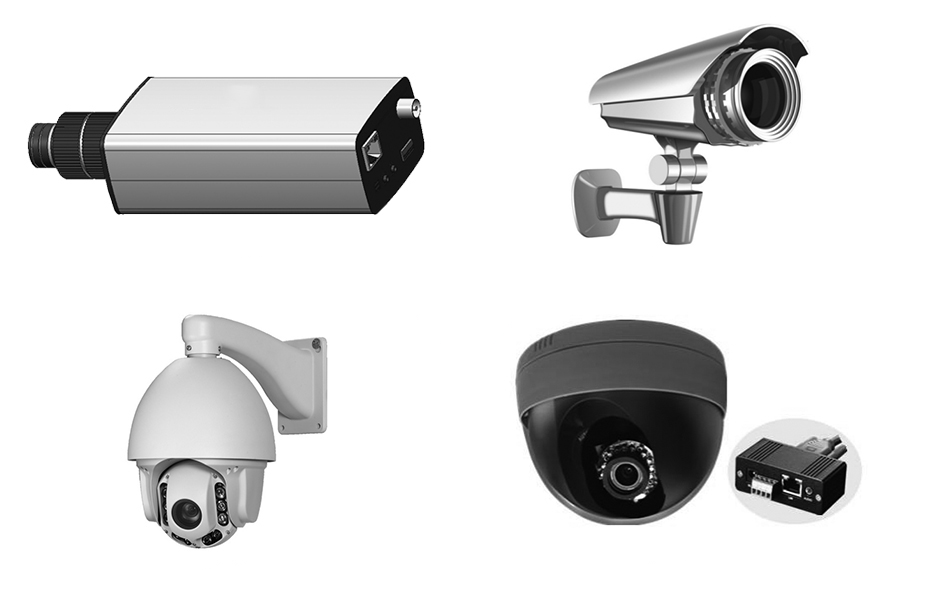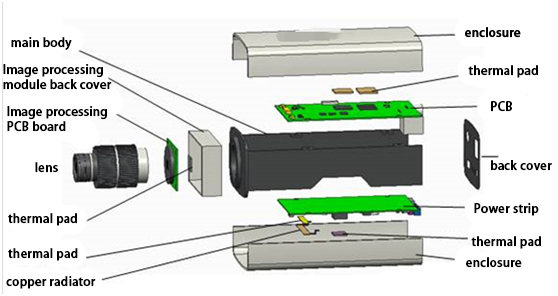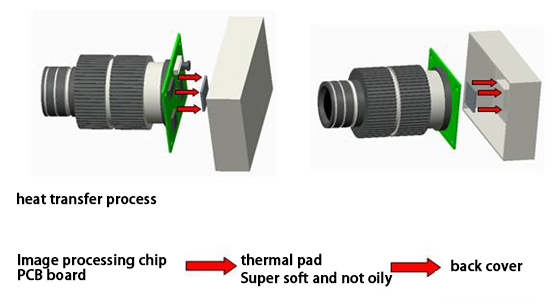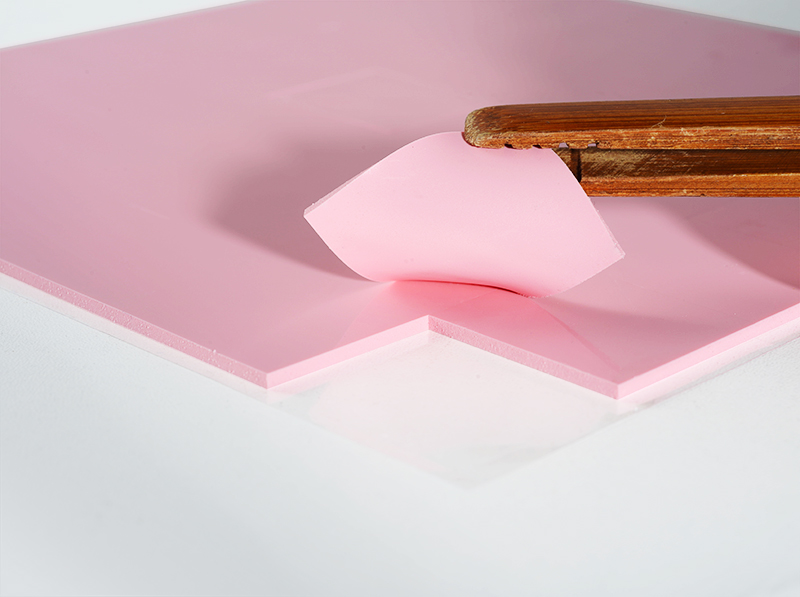Intelligent Security Monitoring
The security system belongs to the category of the electronics industry, which is the comprehensive utilization of modern computer technology, integrated circuit application technology, network control and transmission technology and software technology. Security products can be roughly divided into three categories: video surveillance, access control and anti-theft alarm. From "visible" to "clearly visible", to today's intelligence, the initiative of the security industry continues to increase, and edge perception + intelligence has gradually become the new goal of the intelligent security industry, highly intelligent The era of comprehensive security has arrived.

Intelligent security puts forward higher requirements for image transmission speed, clarity, video storage duration and data analysis. While this combination increases the cost of video surveillance storage solutions, the heat flux density and calorific value of its circuit system are also increasing, which brings enormous pressure to the manageability of the overall smart security solution. As we all know, the working temperature of electronic devices directly determines their service life and stability, and heat dissipation has become an important indicator to measure product performance in the electronics industry, especially the heat dissipation of surveillance cameras. In practical applications, if the core chip temperature is too high due to poor heat dissipation, it is easy to cause a series of thermal faults such as blurred monitoring images, packet loss, bit errors, and restarts.

Cameras are gradually moving towards high-end image quality such as 1080P, 4K, and 8K, and high-definition pixels are moving closer. Advanced technologies such as high-definition image processing and big data computing make thermal management and EMI shielding problems increasingly prominent. The power consumption and heat generation are large and the airtight environment puts forward higher requirements for the overall heat dissipation scheme. The volatilization of heat-conducting material molecules, the precipitation of silicone oil, and the phenomenon of silicon migration are important to the optical lens. The low temperature resistance of the chip has become the bottleneck of heat dissipation. How to reduce the interface Thermal resistance is an important factor to consider in thermal design.

In order to ensure the stable and reliable operation of the camera, it is urgent to reduce the working heat load of the core components and relieve the thermal stress concentration of the circuit board. Nuofeng Electronics' low-volatility, high thermal conductivity, low oil permeability, ultra-soft and other high-performance interface materials (thermally conductive silicone grease, thermally conductive silicone sheet, thermally conductive tape, etc.) have undergone high-temperature aging tests to provide professional thermal management solutions for the security industry , to ensure the safety of the normal operation of security products and the reliability of long-term operation.
